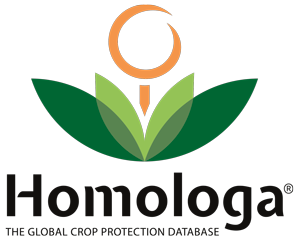Australia has recently set Maximum Residue Limits (MRLs) for Cyclobutrifluram, the active ingredient in Victrato Tymirium® technology seed treatment.
What is Cyclobutrifluram & Victrato
- Cyclobutrifluram is a new active ingredient, approved by APVMA. It acts both as a fungicide (targeting crown rot caused by Fusarium spp.) and suppresses soil borne nematodes when used as a seed treatment.
- Victrato Tymirium® technology is the product (seed treatment) by Syngenta Australia that contains cyclobutrifluram (200 g/L) as its sole active constituent, used for treatment of wheat and barley seed.
What the Legislation / MRL Standard Says
The relevant regulation is the Agricultural and Veterinary Chemicals (MRL Standard for Residues of Chemical Products) Instrument (2023) plus a more recent amendment instrument (No. 2, 2025), which inserted cyclobutrifluram into the MRL Standard.
What the Victrato Label / APVMA Trade Advice Notice Specifies
From the Trade Advice Notice (TAN) on cyclobutrifluram for Victrato, and from the product label / summary:
- The proposed use pattern is seed treatment on wheat and barley to manage crown rot, with seed-treated well before sowing.
- Harvest Withholding Period (WHP) for grain: not required when used as directed, as residues in wheat and barley grain were non-detectable in relevant field trials (including some trials at twice the maximum rate). So grain harvested from treated seed (if done properly) is expected to comply with a very low residue level (i.e. less than the detection limit).
- Grazing / grazing of crop or hay / stock feed: there is a 6-week withholding period after sowing: do not graze treated crops or cut for stock food until 6 weeks after sowing.
- Export slaughter interval (ESI): where livestock are destined for export (or for meat/offal / animal products), animals grazed or fed treated crops / straw / stubble should be removed from the treated feed source and placed on clean feed for 14 days prior to slaughter.
- Other feed / straw / forage: The data show detectable residues in straw/dry fodder/forage, especially in forage approx. 6 weeks after sowing.
Trade & Risk Considerations
Even though the legal standard and label seem well matched, there are trade / export risks:
- Some importing countries may not have set import tolerances / MRLs for cyclobutrifluram, especially for seed treatments — if their MRL is zero or lower than the legal Australian one (or detection limit), there could be rejection of shipments.
- The presence of residues in forage / straw / stubble might affect animal product exports if export slaughter intervals or feed restrictions are not well followed.

